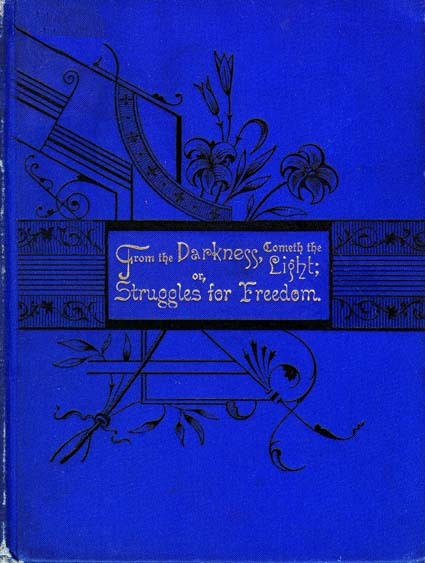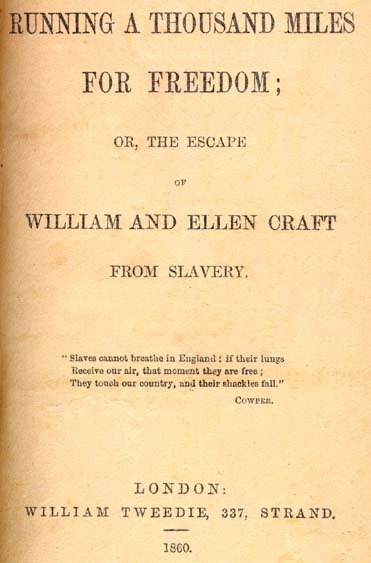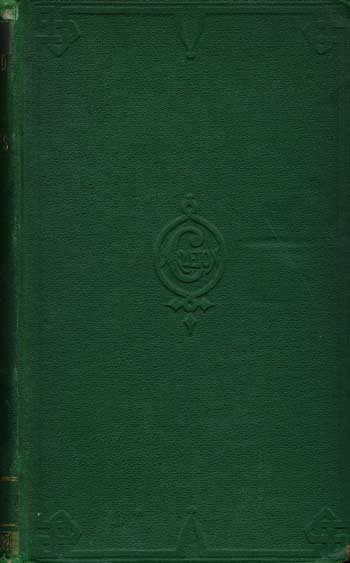Genre
The book covers and title page pictured below are from the narratives highlighted in the exhibit, and represent the range in the project, from the highly decorative to primarily text. The more embellished covers tend to be those created with the assistance of a publishing company, while the less decorated items tend to be self published. The decorative style also reflects the era, financial means, and choices of the authors or the publishers. The book covers and title pages frequently stimulate our curiosity and encourage us to examine the works further.
These early writings by African American women authors expand and develop our knowledge of a neglected component of American history with concrete examples of events and happenings during the American Civil War era. Autobiography was a prominent form of writing that many of the authors in the project used. Their autobiographies give us the opportunity to hear their voices directly. Some used their voices and stories as a means to raise needed funds; others had a genuine desire for their stories to be heard.
In her autobiography, From the Darkness Cometh the Light or Struggles for Freedom, Lucy Delaney revealed the many twists and turns of slavery and freedom in her life and that of her family. With the assistance of her mother and a lawyer, she was finally granted a verdict of freedom by the court. Her friends and acquaintances insisted that she write her story to exemplify how easily the status of free Blacks could be disregarded such that they could be captured and maintained as illegal enslaved persons.
Ellen and William Craft waited to publish their autobiography, Running a Thousand Miles for Freedom; or, The Escape of William and Ellen Craft from Slavery, until they were educated and could write it themselves. In addition to details regarding their escape, it also includes information about slavery generally, such as laws regarding slavery, Southerners’ justifications for slavery, negative effects of slavery on slaveholders, and more. Given the popularity of the Crafts with abolitionist audiences on both sides of the Atlantic, it is no surprise that the written account of their escape was equally popular.
On the other hand, Elizabeth Keckley’s autobiography, Behind the Scenes, or, Thirty Years a Slave and Four Years in the White House, was a miserable failure. Keckley’s desire was to help Mrs. Lincoln financially after the assassination of President Lincoln and her accumulation of much personal debt. Keckley wrote the autobiography with the plan to provide the profits generated to Mrs. Lincoln. However, after the book was released, the outcry against Keckley was tremendous. It was felt that she betrayed the Lincolns by sharing her insight into their lives and her letters from Mrs. Lincoln. Robert Lincoln, the Lincolns’ son, fought vigorously and successfully to take the book off the market. Keckley fought back and lost not only this battle, but also most of her business clientele.
These authors’ narratives reveal their triumphs and their struggles. However, autobiography is only one type of nonfiction that the authors in the project produced. Additional nonfiction includes essays, speeches, newspapers, biographies, a textbook, and a medical text. This project also includes fiction written by the authors: novels, poetry, and short stories. Through the various genres in which they wrote, we learn of the authors’ challenges, triumphs, joys, politics, and spirituality. It is interesting and informative to hear the voices of the women through the many and various genres.



